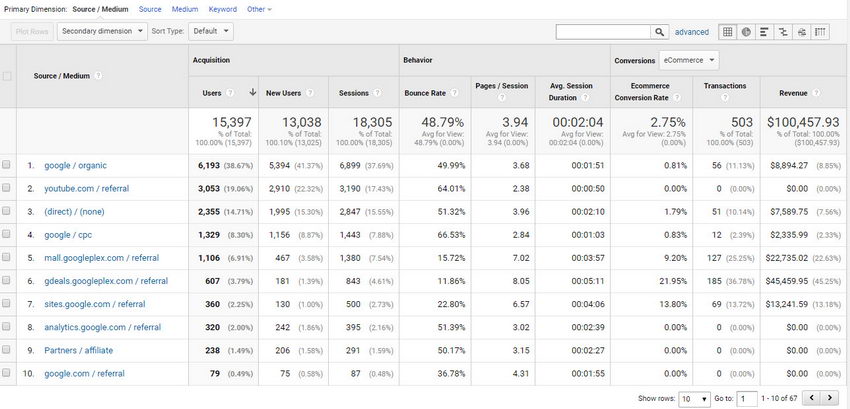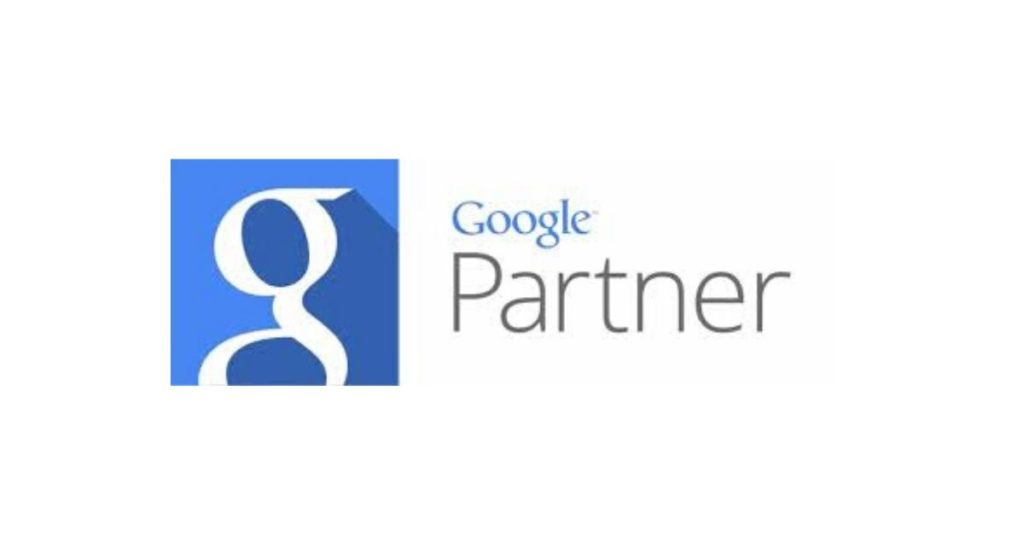The Five Stages of Search Engine Optimization – A Simple Guide
Trying to get a handle on SEO and understand the different stages of SEO?
How far you take it will depend on how important Search traffic is to you and how many other sites you are competing with, and how advanced those sites are.
Read on and you’ll get a good sense of the different stages you can progress through.
1. Technical Onsite SEO
This initial SEO is the foundation on which all your other SEO efforts will sit so you want to make sure it’s properly addressed.
It involves the technical setup, including implementing various tags and other elements on your website. If your web developer is experienced in SEO this may well be squared away. However, unless your site has been looked at by a professional there are likely to be a few important items that pop up here.
Free Tools & Resources
If you want to do it yourself, there are a variety of free tools and resources to help with this type of SEO, including:
- Google Search Console
- The Google Search Engine Optimization Starter Guide
- Google PageSpeed Insights
- Moz.com
- OpenSiteExplorer
There is also a wide variety of paid tools to help with the process.
Deciding Whether to Invest in Conquering the Learning Curve
With your initial onsite SEO being a “one off” process, going through the learning curve to learn how to do this properly may not be a great use of time unless you’re keenly interested in SEO. A legitimate professional service can likely address your technical SEO quickly and cost effectively.
2. Initial Offsite SEO
This involves making sure Google sees a complete and consistent picture of your business and website.
This is done by making sure you are included in all legitimate online directories, listings, business sites and government sites that relate to your business. These links are fairly low-hanging fruit. These links are particularly important to websites that serve a “local” market although there is value in going through this process for any website.
Initial offsite SEO can be enhanced by doing extensive research on your competitors and related sites and identifying the sites that are linking to them (so you can get links there as well).
Ensuring your Social Media properties also contain the same info as your other offsite listings is critical.
3. Strategic Onsite SEO
With your basic technical SEO and initial offsite SEO in place, your next step is to devise your overall onsite SEO strategy.
This includes:
- Performing extensive keyword research to identify a list of the most popular keywords people are looking for in Google to find the sort of services, products and information you provide on your website.
- Prioritizing these keywords based on relevance and monthly search volume • Listing out all the pages on your website and strategically assigning the right keywords to the right pages in a manner that will make the most sense to your visitors (and to Google).
- Considering whether you need to add any new pages to address visitor demand (identified through your keyword research)
- Developing an ongoing content strategy (usually through a news, blog or resources section) to support your goals for bolstering your priority keywords and attracting traffic from niche keyword searches.
- Writing strategic custom meta page descriptions and custom meta page titles for each that incorporate the keywords and are written in a manner which will boost your clickthrough rate when they show up in Google.
- Ensuring your home page features prominent links to your site’s most important pages.
- Developing an on-site linking strategy so that all your important pages are linked to strategically from other relevant pages.
4. Ongoing Content Strategy
Not everyone has the time and resources to develop ongoing content. However it has become more or less a mandatory element for those competing for Search prominence in more competitive industries.
Interestingly, content is also critical to your social media strategy – if you don’t have content to share in your social media channels you don’t really have much to say.
Content strategies vary greatly from business to business but in general the strategy is to add meaningful new content added to your site on a regular basis that is:
- Compelling and hiqh quality (your visitors need to like it or it’s counter-productive)
- Optimized strategically for SEO (usually either targeted at niche keywords or to support high priority keywords).
What Is The Best Content To Create for SEO?
Most people hear content and think about blog posts, but it can also include, videos, how-to’s, calendars, resources, guides and other pieces. In a well developed content strategy, you’ll likely have various content elements to achieve different goals such as:
- Attract visitors to your site through social media
- Convert website visitors into leads through signup mechanisms
- Enhance your overall online presence and drive more traffic
- Develop credibility and “thought leadership” for your company.
5. Influencer Engagement, Online PR and Linkbuilding
Years ago, “linkbuilding” was a service you could outsource cheaply. These days, such low cost linkbuilding efforts are much more likely to earn you a penalty with Google than to help your prominence.
That said, links to your website from other prominent & relevant sites are still a huge factor if you’re in a competitive market.
Now, just about the only way to build legitimate links is through a process that looks more like traditional PR than a technical exercise. This typically includes:
- Research to identify leading sites, bloggers and social properties that relate to your site.
- Development of a strategy to create relationships with as many of these influencer and properties as possible.
- Ongoing engagement with these influencers, combined with a strategy to gently promote your content and site to them (and earn links).
Two Pillars of Online Engagement: Social Media and Content
Generally, your content strategy and social media strategy are critical pillars that enable you to succeed with online engagement as folks are typically way more likely to share links to great content than they are to share links to product or service pages. Your social media presence is critical because it’s generally through your social media channels that you reach out to the influencers you’re targeting.
Ongoing Elements
It’s worth noting that many smaller companies can’t likely devote resources to all out efforts on content and engagement.
That said, if you hope to improve your SEO, you should definitely commit in some small way to create ongoing content and share that content with relevant influencers in your market. Even if it’s just posting something new and sharing it on a quarterly basis, it’s better than nothing!
Other ongoing elements include doing basic technical checkups at least once a quarter. For smaller sites this can usually be effectively accomplished through Google Search Console and Google PageSpeed Insights.
Thoughts, Question, Comments? Just get in touch – we’d love to hear from you.
Looking for some help? PlusROI offers practical help and support in all the areas mentioned above, ranging from simple audits and recommendations to complete full-service efforts. If you have any questions please contact us!






